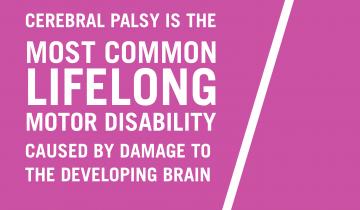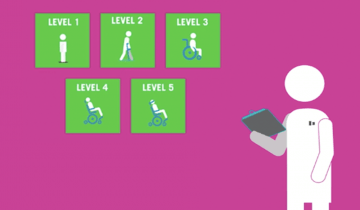Parálisis Cerebral Respuestas (Cerebral Palsy Answers) is a podcast in Spanish, that seeks to answer all your questions about Cerebral Palsy! Join me every week for in-depth interviews with top specialists in Cerebral Palsy and individuals living with Cerebral Palsy to get the answers!








